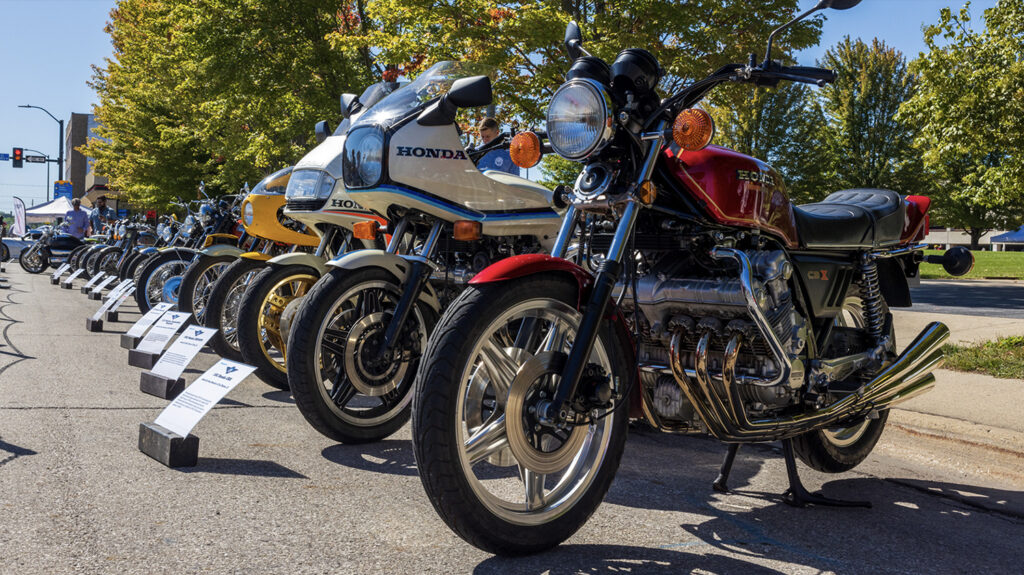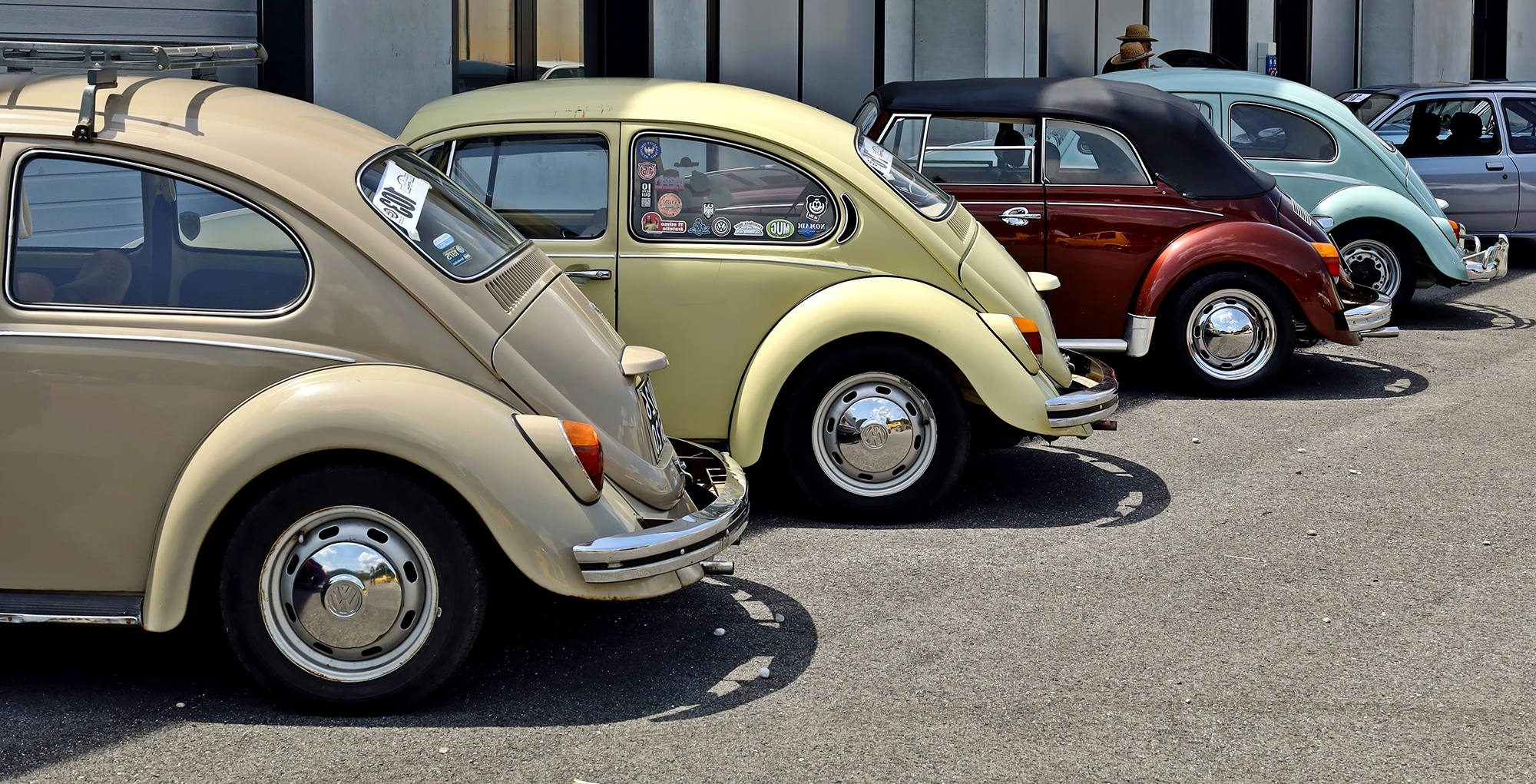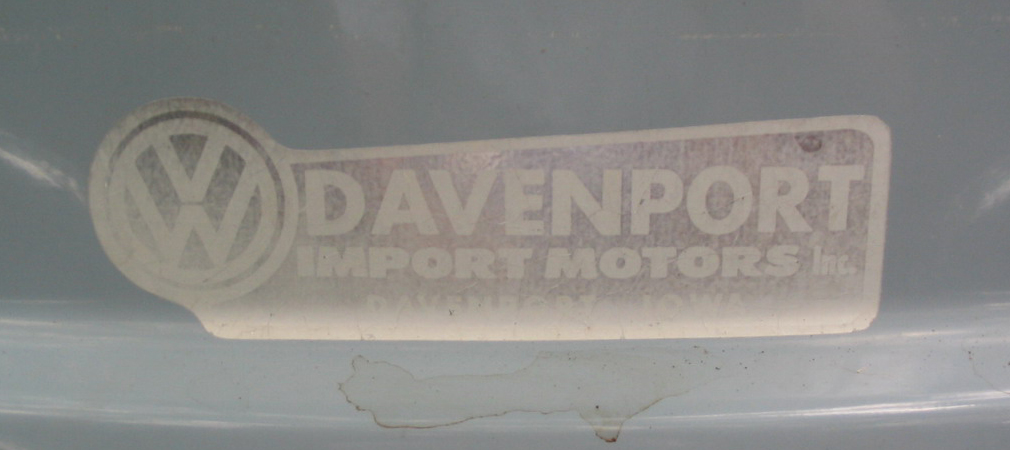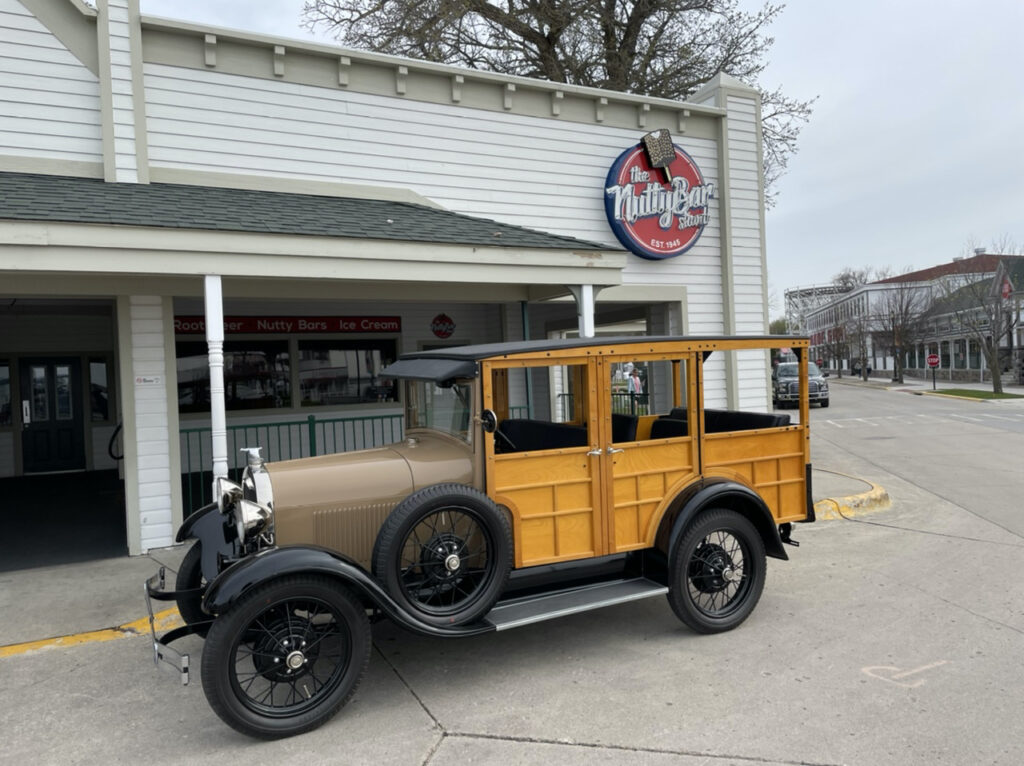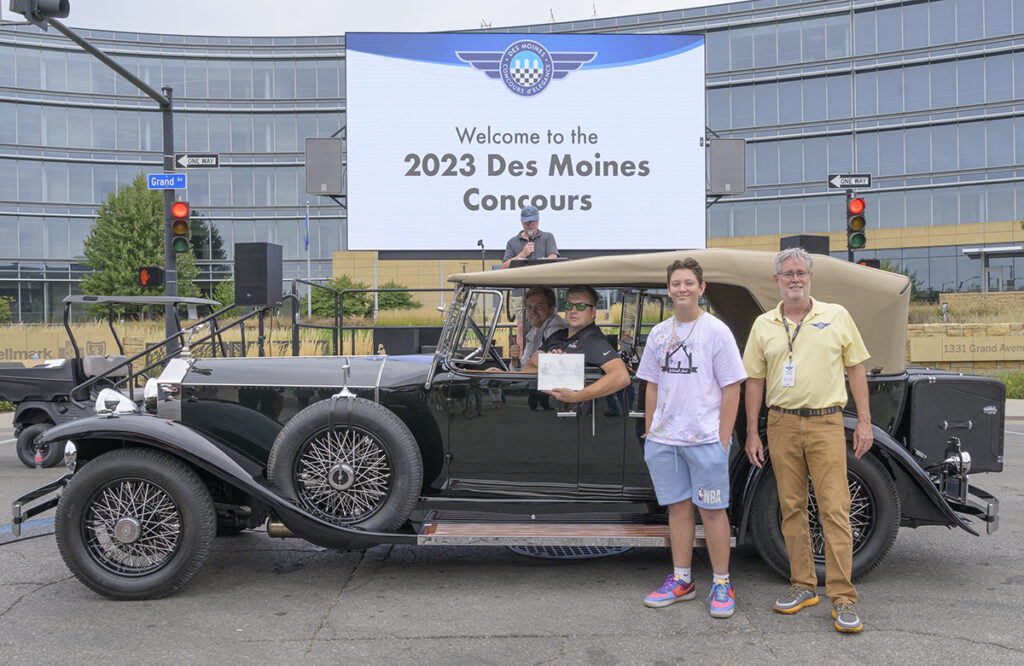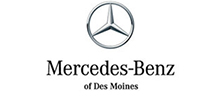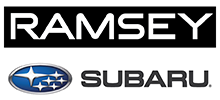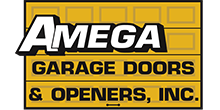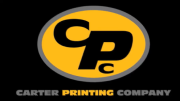Motorcycles are a frequent class at the Des Moines Concours, and one that attracts a lot of attention. Whether this is due to their affordability, fun factor, or the memories they evoke, motorcycles and automobiles have a long history of sharing technology and even parts.

Many of the microcars of the 50’s and 60’s used either motorcycle engines, or engines based on motorcycle architecture/tooling. One facet of motorcycles is the 2-stoke single (1-cylinder).
In the late 1940’s, 2-stroke tuners were trapped between two conflicting goals. To reduce cylinder pressure enough such that cylinder filling could begin through the opening transfer ports, they needed to open the exhaust port earlier. But opening the exhaust earlier also meant that it closed later, allowing more time during which fresh charge (air/fuel mixture) that had traveled around its loop in the cylinder to escape through the exhaust port. As a result, 125cc 2-stroke engines were limited to about 8 hp at around 7,500 rpm.
Fortunately, engineers developing 2-stroke diesels (such as Detroit Diesel) had already tackled this problem and had concluded that a strong sound wave, created in the exhaust pipe by the sudden opening of the exhaust port, could be reflected back to the engine by a correctly shaped exhaust pipe. The sound wave’s pressure would arrive at the exhaust port just as the fresh charge was beginning to exit.
In 1951, DKW in West Germany succeeded in applying this idea. Through much experimentation, the new exhaust system worked! It not only created a negative reflected wave (helping to pull exhaust out of the cylinder), but its positive wave reflection not only stopped fresh charge from escaping, it could also stuff any already-lost charge back into the cylinder just as the exhaust port was closing.
The East German challenge incorporated an idea previously used on the 1920’s Sun-Vitesse motorcycle—a crankcase intake port controlled by a rotating disc on the crankshaft, cut away to open and close that port. With it, opening and closing timings could be set at any desired values.
Japanese 2-stroke manufacturers, seeing this success, applied modern scientific methods to the problems of the Germans synthesis, and rapidly advanced the state of the 2-stroke arts by greatly improving piston metallurgy. This was a game-changer which gave Suzuki a World Championship win with the new technology: the 50cc in 1962. The next year, Suzuki added the 125cc World Championship, and in 1964–65, Yamaha’s RD-56 250cc twin.
Narrowing the focus a bit to street legal singles, popular brands in the U.S. offered sizes from 50cc to 400cc. Examples are Honda’s MB5 and Kawasaki’s AR50 at the small end, to Hodaka’s Ace 90/100, Bultaco Metrella 200/250 and Yamaha DT-1 in the middle, and MAICO GS400 at the larger end. Although a trifle compared to muscle car values, a Yamaha DT-1 will demand upwards of $10,000 in the current market.
Although their zenith was over 40 years ago, 2-stroke bikes play an important role in motorcycle history. Often overshadowed by their 4-stroke, and often larger, brethren, the singles are an interesting and affordable niche within the motorcycle collector hobby.
The Des Moines Concours is accepting exhibitor applications through July 31st. Visit our Exhibiting page and apply today!
